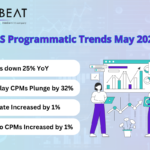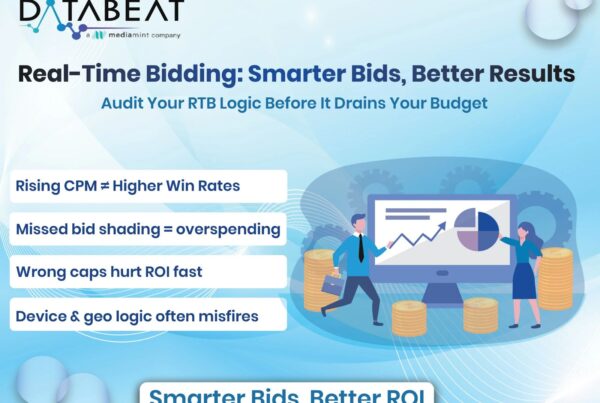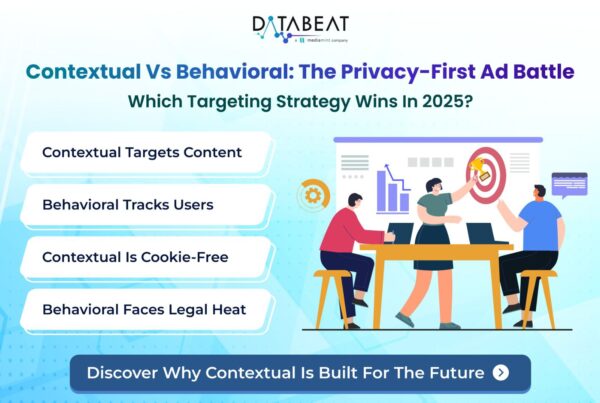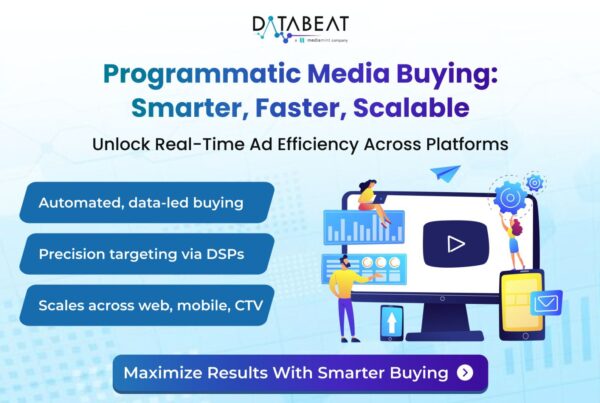
With the increasing complexity of ad monetization strategies, it is crucial for publishers and advertisers to have a clear understanding of the available options to monetize their remnant inventory. This article serves as a valuable resource for individuals who are new to the world of digital advertising or are looking to explore alternative monetization approaches. By examining the features and benefits of Pre-Bid, Amazon TAM, EBDA, and UAM, readers will gain insights into which method can best suit their needs and help them achieve their advertising objectives effectively.
Prebid
Prebid is an open-source header bidding solution that allows publishers to integrate demand partners and receive bids from multiple ad exchanges simultaneously.
Header Bidding: Acting as an alternative to the waterfall method, header bidding is an advanced programmatic advertising technique that allows publishers to offer their ad inventory to multiple ad exchanges and ad networks simultaneously.
Essentially header bidding is a programmatic auction whereby bid requests are sent to multiple demand partners in real time, maximizing the value of ad inventory.
TAM
Amazon TAM is a header bidding platform that grants publishers access to broad demand from Amazon’s huge transparent ad marketplace. Like Google Open Bidding, it also allows publishers to incorporate demand from other header bidders to compete with Amazon demand in a unified auction.
EBDA
EBDA (Exchange Bidding Dynamic Allocation) is a programmatic solution developed by Google. It allows publishers to receive bids from multiple exchanges simultaneously, similar to Prebid. However, EBDA uses Google Ad Manager to facilitate the auction process and provide centralized reporting and analytics. EBDA is only available to publishers using Google Ad Manager as their primary ad server.
UAM
UAM (Unified Ad Marketplace) is a programmatic platform developed by Amazon. It allows publishers to receive bids from multiple demand sources and optimize their revenue by selecting the highest bid. UAM is integrated with Amazon Publisher Services (APS) and provides a unified auction experience for publishers using APS as their ad server.
In conclusion, the choice between Prebid, TAM, EBDA, and UAM largely depends on the publisher’s needs and preferences. Publishers who value flexibility and customization may prefer Prebid, while those who want access to premium demand partners may opt for Amazon TAM.
EBDA and UAM are suitable for publishers using Google Ad Manager and Amazon Publisher Services, respectively, and want a more centralized solution for managing their programmatic advertising. That’s where collaboration with Databeat can help Publishers get the best out of every integration. With our excellence in optimizations, we help our partners generate much higher yields. Databeat can also help publishers decide which is the best suited integration and offer continued analytics and optimizations to ensure recurring improvements.









